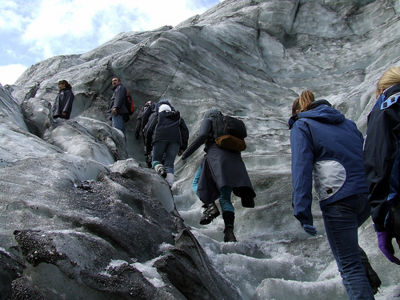Knowledge of visitor interpretation/Activities/Visitor interpretation
From WikiEducator
Contents
Objective
Describe and compare personal and non personal interpretation
Activity
- Describing and comparing personal and non personal interpretation
- Looking at the strengths and weaknesses of using personal and non personal interpretaion in different tourism contexts
Task
1. Briefly describe the following techniques of personal and non personal interpretation
- personal - guided tour, point duty, roving interpretation, presentations, demonstration, living history, interactive interpretation, lecture or talk, drama
- non personal - print media, self guided programmes, self guiding signs, exhibits, visitor centres, museums, paintings, sculptures, buildings
- audio visual devices - information poles, portable media player, closed circuit television, computer, laser disc, video, slide show, powerpoint
- interactive media (displays requiring involvement from visitors)
2. Compare and evaluate the strengths and weaknesses these types of interpretation for the following tourism scenarios
Scenario 1:
A party of three on a tour of an art gallery have hired an audio transcript describing the exhibition
- List three strengths and three weaknesses of this type of interpretation
Scenario 2:
You are the guide leading a group of six through a nature walk with a spoken interpretation
- List three strengths and three weaknesses of this type of interpretation
Scenario 3:
You are visiting a glacier (self guided) and come across a sign explaining the geological and cultural history of the area
List three strengths and three weaknesses of this type of interpretation.
